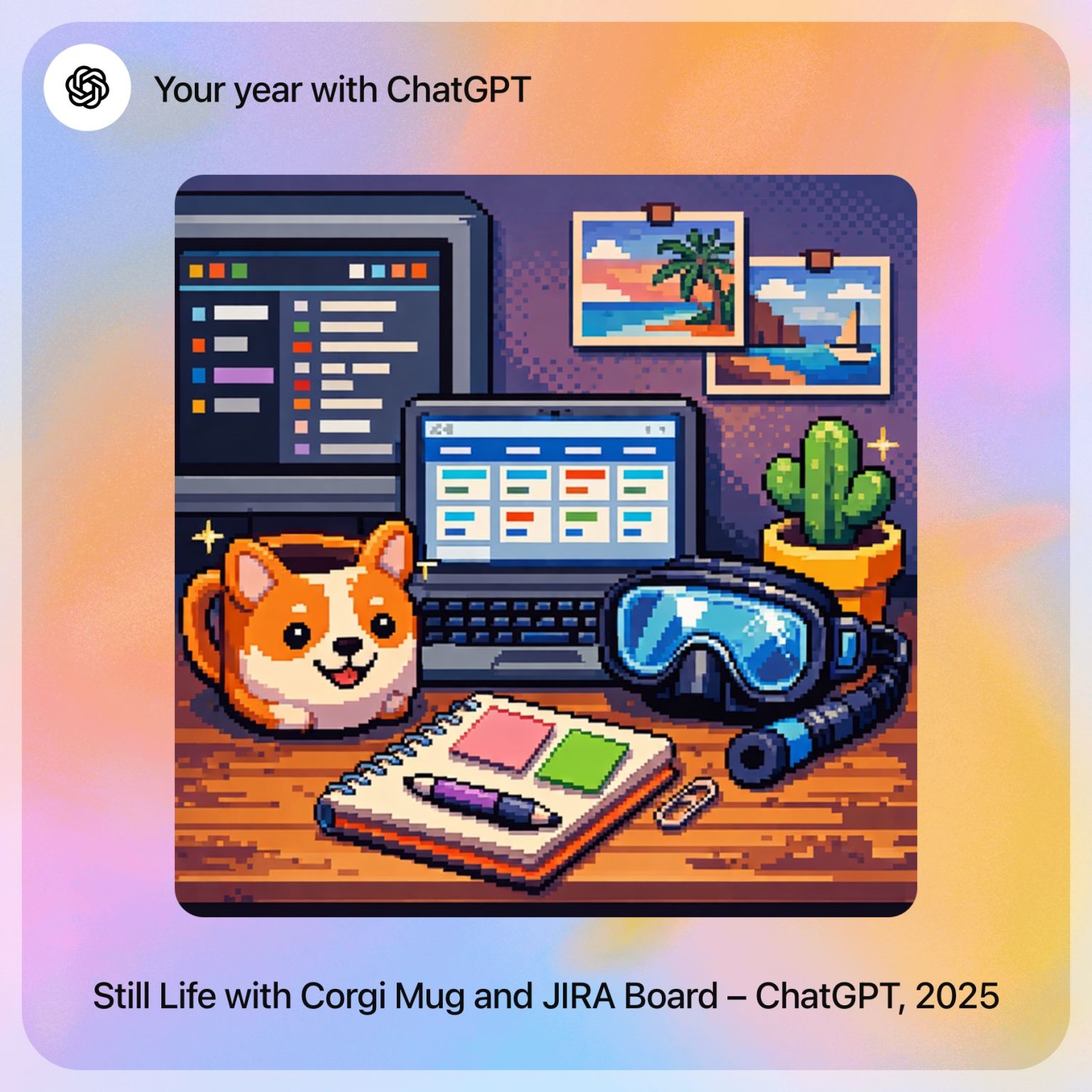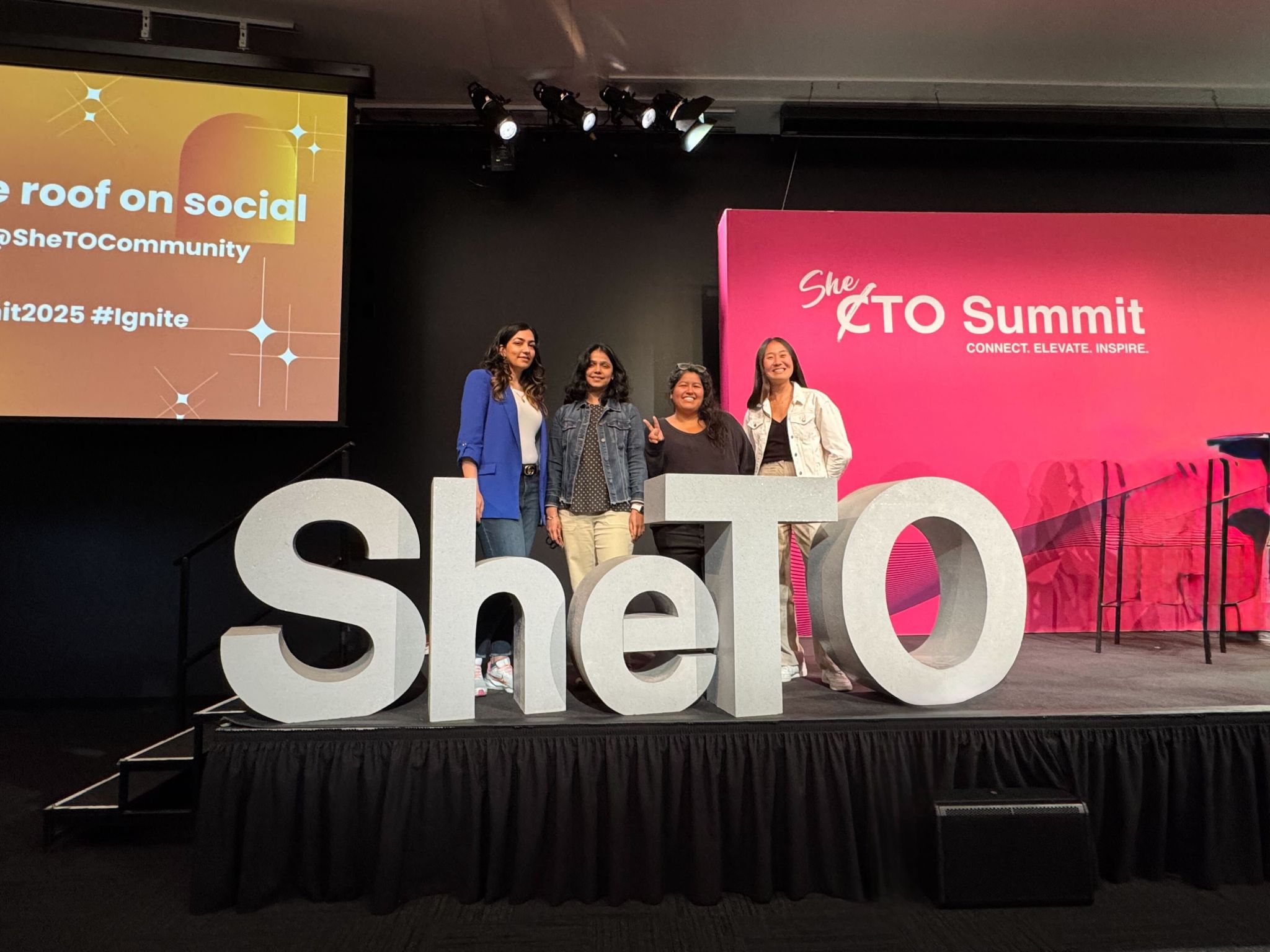Funnels, Metrics, and Experimentation: Life in Growth Engineering
Navigating growth engineering: I share insights on funnels, metrics, A/B testing, and career growth—exploring the highs, lows, and everything in between! 🌟

Navigating a Career in Growth Engineering
Ever wonder what it’s like to work in growth engineering? If A/B tests and KPIs dominate your dreams, or if you’ve ever felt stuck in a cycle of throwaway code, you’re not alone! Growth engineering is a dynamic, fast-paced area of tech that brings its own unique challenges and rewards. It blends the art of experimentation with the science of metrics, all while pushing the boundaries of product engineering to scale businesses efficiently.
I had the pleasure of joining Ei-Nyung Choi for a panel discussion at Tech Intersections where we unpacked the ins and outs of growth engineering. Our goal? To share our experiences, vent about the frustrations, and maybe even inspire a few engineers to explore this exciting field.
The Panel: What We Covered
Growth engineering often lives at the intersection of marketing and product, with a focus on user acquisition, engagement, and retention. But how does it really differ from traditional product engineering? Here’s a glimpse into what we talked about:
- Growth vs. Product Engineering
I shared my journey transitioning between growth and product teams—from Accenture to Slack, then from Slack to Byteboard. The expectations, culture, and deadlines vary so much across these environments. Ei-Nyung talked about the rewarding yet stressful work she did, like handling ad spend during the startup phase of a game and leading internationalization projects at Slack. - Technical Growth
One of the key questions we explored was how to stay technically sharp in growth engineering. It’s easy to get lost in the metrics and lose touch with the technical side, but with intention, you can ensure you’re still honing your craft while experimenting and iterating. - Vent or Thrive
We touched on both the highs and lows. For me, working on localization and marketing campaigns in Japan was both challenging and rewarding. Ei-Nyung shared her frustrations with acquisition targets that focused on a narrow demographic but also the satisfaction of driving major international rollouts. - Your Career Path
Whether you’re tired of iteration or craving mastery in a technical system, growth engineering doesn’t have to be a career pigeonhole. We discussed strategies for transitioning into other roles and how to leverage your experience in growth to move into other domains of tech.
Glossary Deep Dive
To help the audience (and even us as speakers) stay on the same page, we broke down key terms in growth engineering. If you’re new to this area, you’ve probably heard of terms like KPI, top of funnel, and bounce rate—but what do they all really mean in practice? We explained concepts like:
- A/B testing and why it’s the bread and butter of growth teams
- Feature flags and how they allow for fast, low-risk rollouts
- Pirate metrics (AARRR), covering acquisition, activation, retention, referral, and revenue
Sharing Pain Points
We all know growth engineering isn’t all smooth sailing. Some of the pain points we touched on included:
- Lack of data-driven models at smaller companies
- Tight deadlines at larger organizations
- Repetitive work with little added value
- Ignoring data and sticking with existing plans
We invited the audience to share their own frustrations and experiences. The goal wasn’t just to vent but to connect on the shared realities of growth engineering and brainstorm ways to overcome these challenges.
Wrapping Up
The session closed with a Q&A where we fielded questions about transitioning into growth engineering, staying technical, and navigating the high-stakes world of experimentation. If you’re curious about growth engineering or have your own stories to share, we’d love to connect—find us on LinkedIn!
For those who couldn’t make it, you can check out the slides here.






